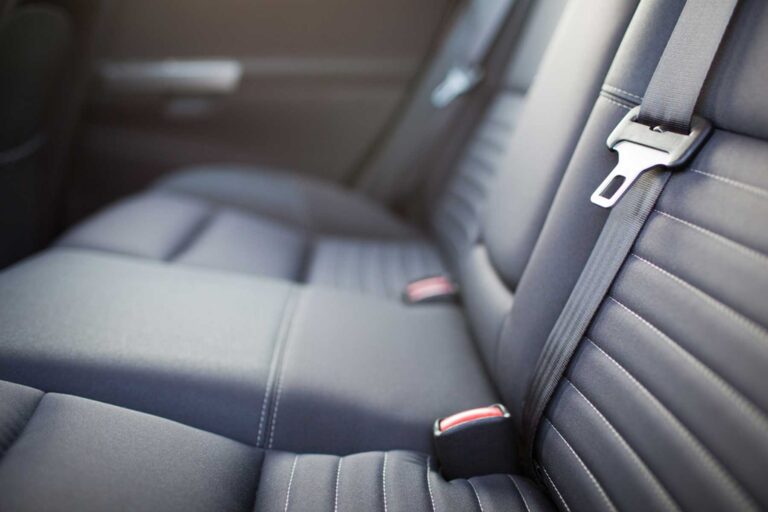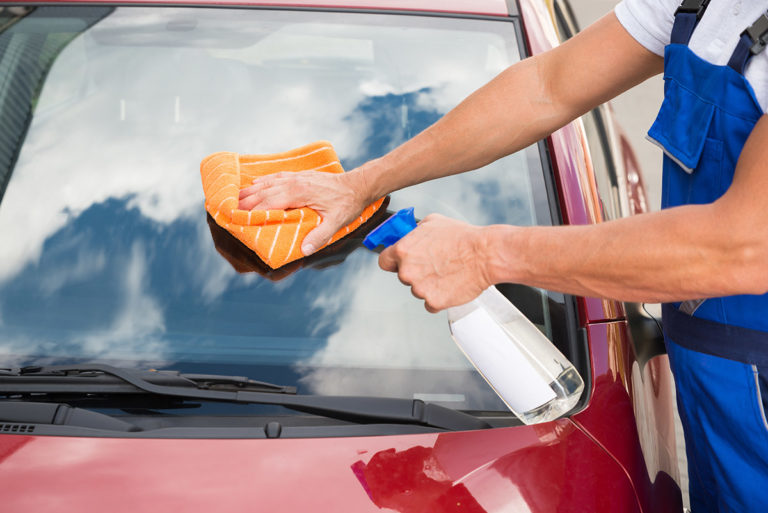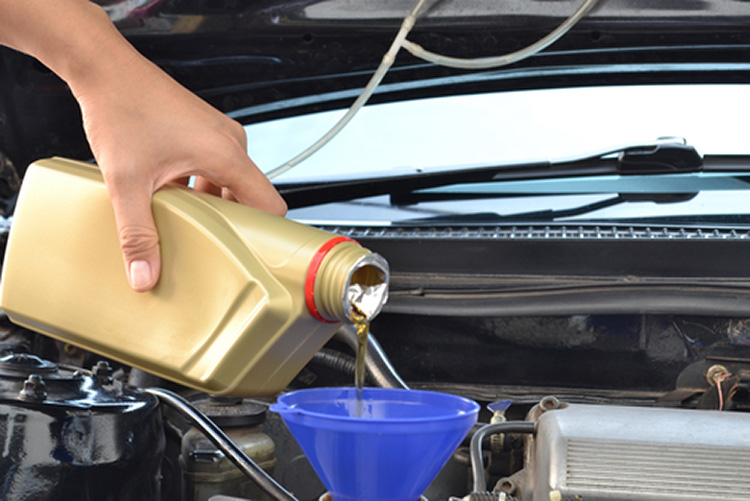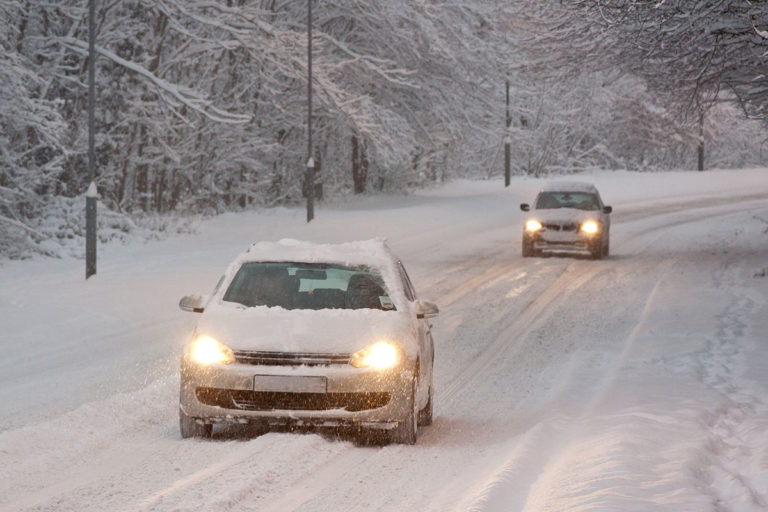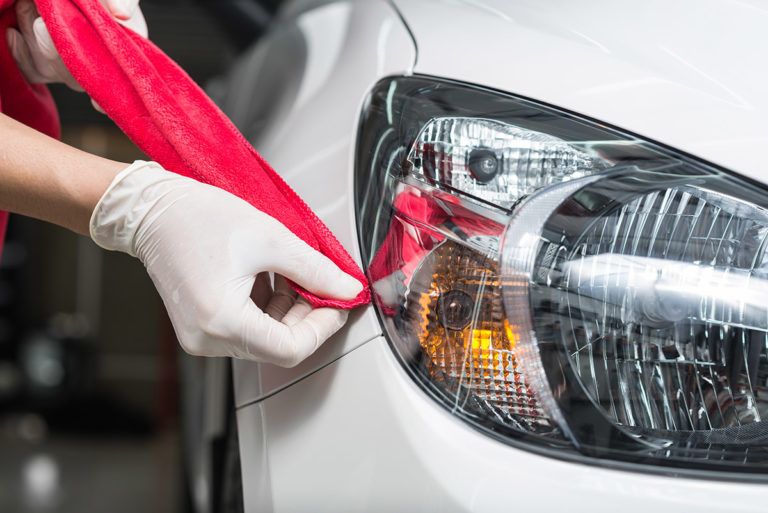Cleaning the Undercarriage
Regularly cleaning the undercarriage of your vehicle might seem like overkill to the average car owner. After all, who really notices things like wheel wells and suspension parts? And unless you’re regularly heading off road and sending splashes of mud under there, what could possibly get lodged in the undercarriage? You might be surprised. Not only are parts of the undercarriage visible to the naked eye, but this oft-neglected area is one of the first places where decay can occur. Because the undercarriage is constantly being hit with sand, pebbles, road grit, and worse, it takes quite a beating. Dirt that cakes on or isn’t removed can cause rusting and parts to break down.
How to Clean the Undercarriage
Cleaning the undercarriage at home tends to be one of the most difficult DIY car wash options. Unless your vehicle is noticeably high off the ground or you own a set of ramps you can use to lift the car (or you’re willing to remove all the tires and get on your hands and knees), chances are you won’t be able to get to all those hard-to-reach places. That’s why we suggest you roll into a self-service car wash to get the job done. Quick, easy, and affordable, a car wash allows you to clean the undercarriage without getting too dirty.
- Spray underneath the car. A high-pressure hose is going to be your best bet for getting under the car and loosening the larger chunks of dirt and debris. Start at the wheel wells and work back from there. This should always be the first step in your car washing process.
- Go slow and be careful. Although the underside of your car is designed to take some damage, there are delicate parts that you don’t want to spray directly or for too long. By moving in careful, consistent strokes and never lingering too long in one place, you should be able to safely get rid of the dirt.
- Use a long-handled scrubbing brush. Automatic car wash undercarriage cleaners tend to rely only on a spray to get things clean, but a good scrubbing is usually needed to do the job well. Long-handled brushes should reach all the way to the middle without requiring you to get on your hands on knees or climbing underneath the car.
- Apply a final rinse at the very end of the wash. Much of the water and soap runoff from the rest of your wash will collect in the undercarriage, so save the final rinse for the very end of your car wash.
- Consider applying a protective undercarriage seal. Just as the body of your car can be sealed against the worst damages, so too can the undercarriage. Since you have to get all the way underneath to do this, wait until you have to lift your car or have it professionally done.
If you work a quick undercarriage wash into your regular car wash routine, it should never take more than a few minutes. Detail work isn’t necessary in an area that doesn’t get a close inspection, so as long as you clear the mud, dirt, sand, and (in the winter) salt and chemicals, you should substantially improve the life and appearance of your vehicle.
